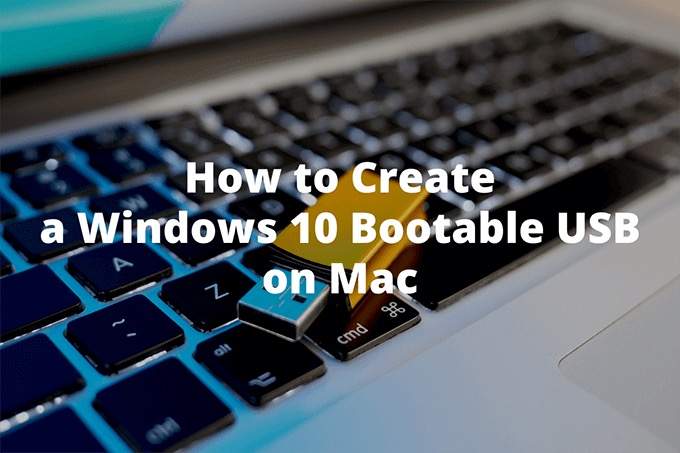

- #MAKE BOOTABLE OSX USB FOR MAC ON WITHOUT COMPUTER HOW TO#
- #MAKE BOOTABLE OSX USB FOR MAC ON WITHOUT COMPUTER INSTALL#
- #MAKE BOOTABLE OSX USB FOR MAC ON WITHOUT COMPUTER WINDOWS 10#
Turn on your Mac, then press and hold Command (⌘) + R immediately after you see the Apple logo. If you see a message prompts that your security settings do not allow this Mac to use an external startup disk, check the External Boot setting in Startup Security Utility, and then allow your Mac to use an external startup disk. What to do if your Mac does not boot from the selected drive Step 3: Select External drive as the startup disk, then restart your Mac. Step 2: Click the locked icon and then enter your administrator password. Step 1: Go to Apple menu > System Preference, then click Startup Disk. When you use Startup Disk preferences to set Mac boot from an external drive, so it’ll boot from that disk until you choose a different one. Way 2: Set a Mac Boot from USB Drive using Startup Disk The machine will start to boot from the USB drive. Once selected, either hit the Return key or double-click your selection. Step 4: Using either the pointer or arrow keys on the keyboard, select the USB drive you wish to boot from. The utility will look for any available drives that include bootable content. Once the Startup Manager screen appears, release the Option key. Holding that key gives you access to OS X’s Startup Manager. Step 3: Press and hold the Option key immediately after you see the Apple logo.

Step 2: Turn on your Mac (or Restart your Mac if it’s already on). Step 1: Insert the USB boot media into a USB slot. Use the following steps, you can easily set Mac boot from an external drive in Startup Manager, so it’ll only boot from USB that one time. Getting your Mac to load from a USB drive is fairly straightforward. Way 1: Boot Mac from USB Drive using Startup Manager
#MAKE BOOTABLE OSX USB FOR MAC ON WITHOUT COMPUTER HOW TO#
Let’s see how to boot a Mac from a bootable USB drive and what to do if your Mac doesn’t start up from it. Bootable USB thumb drive formatted with a GUID partition type and containing an OS X installer or a usable operating system.Starting up your Mac from an external disk requires the following: This guide provides 2 ways to boot a Mac from a USB flash drive.
#MAKE BOOTABLE OSX USB FOR MAC ON WITHOUT COMPUTER INSTALL#
For example, if you install macOS or Microsoft Windows on a USB drive, your Mac can recognize that drive as a startup disk. Way 1: Boot Mac from USB Drive using Startup Manager.īy default, Mac starts from its built-in hard disk, but a startup disk can be any storage device that contains bootable contents that compatible with your Mac. Bootable USB thumb drive formatted with a GUID partition type and containing an OS X installer or a usable operating system.

Before you proceed, make sure you have a backup of the flash drive's contents or that you don’t care that the data will be erased. Creating the bootable OS X El Capitan installer will erase the USB flash drive you're using.
#MAKE BOOTABLE OSX USB FOR MAC ON WITHOUT COMPUTER WINDOWS 10#
Check out “How to create a Windows 10 bootable USB on a Mac for PC without Bootcamp, when install.wim is too large” on StackExchange to learn more. Follow these steps to take to create a bootable USB installer drive for macOS Sierra to deploy version 10.12 of Apple's OS on supported devices.


 0 kommentar(er)
0 kommentar(er)
